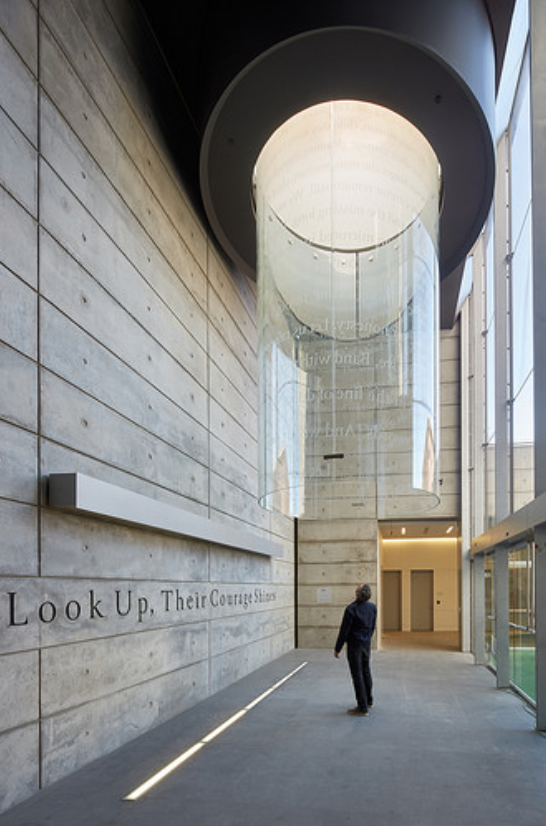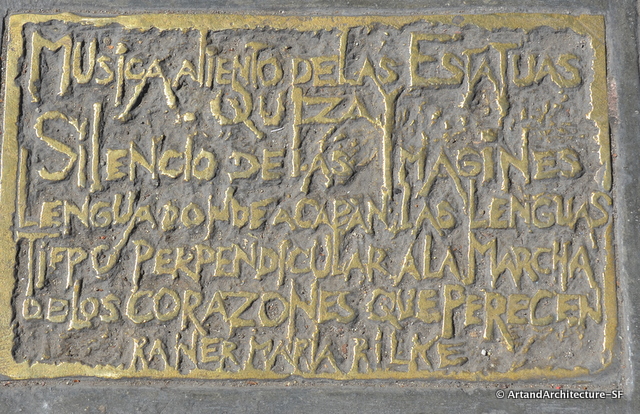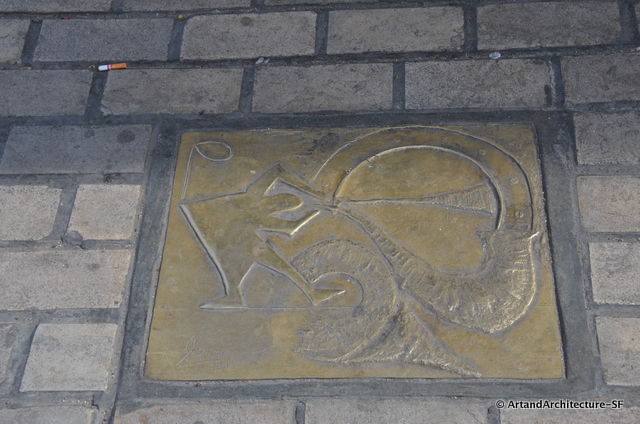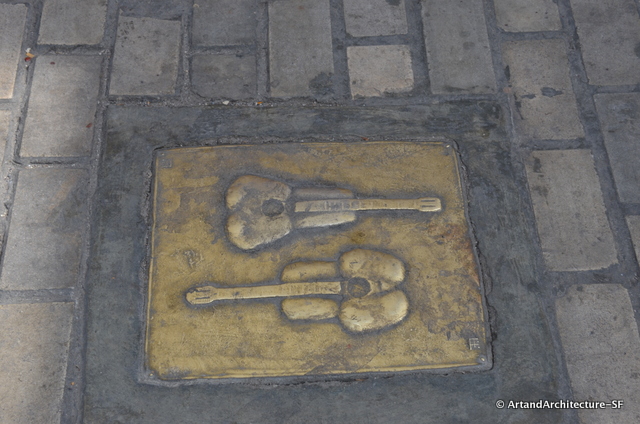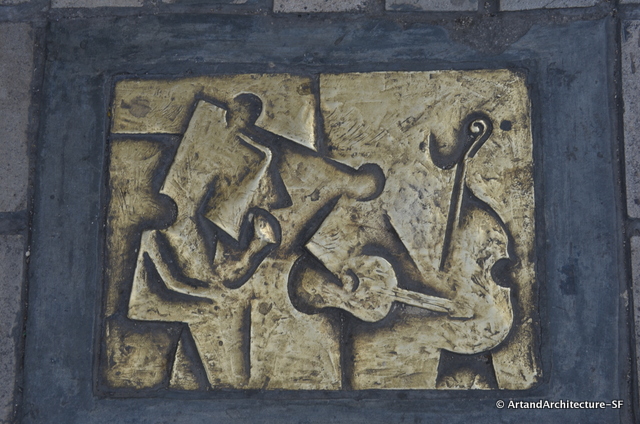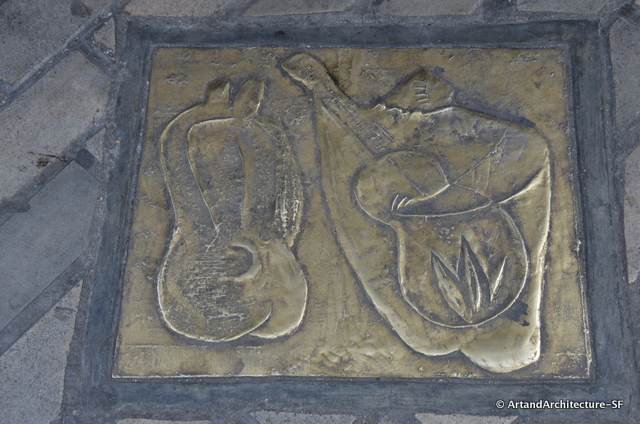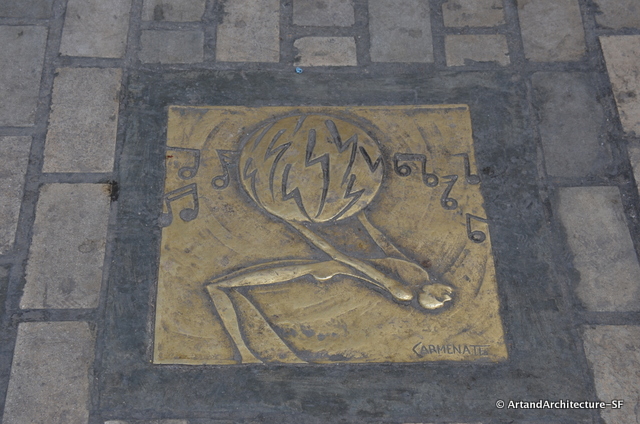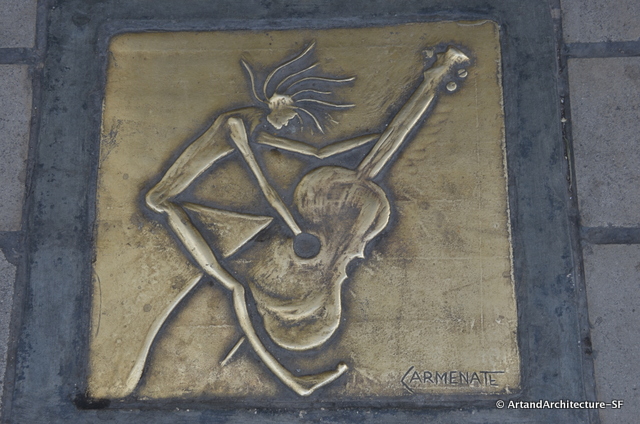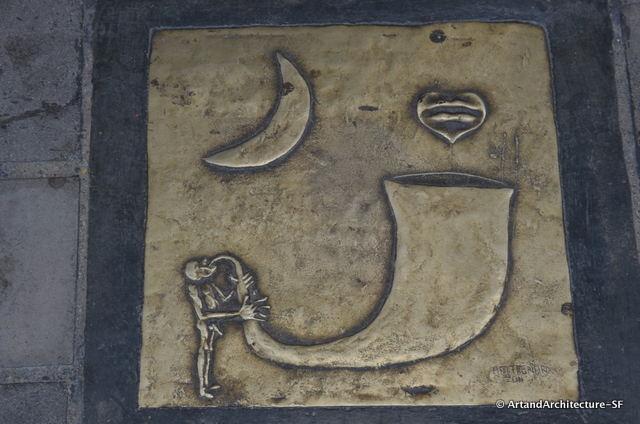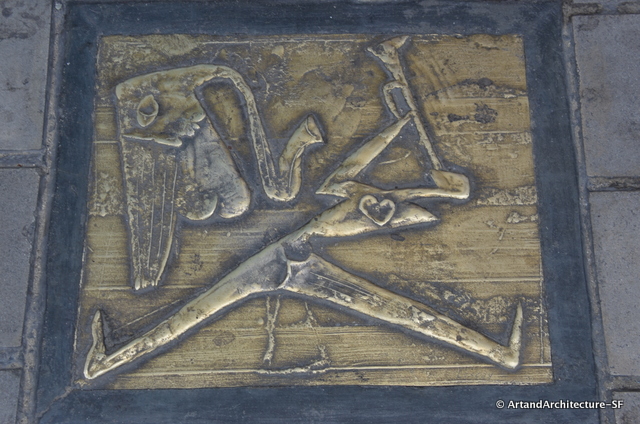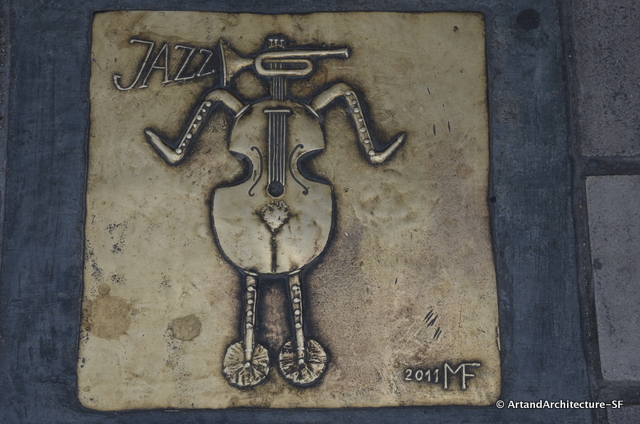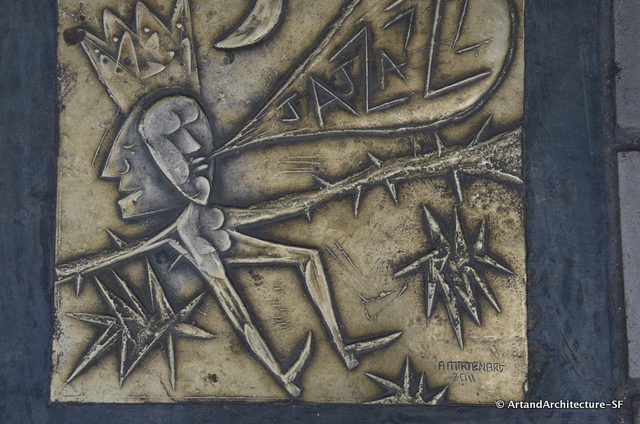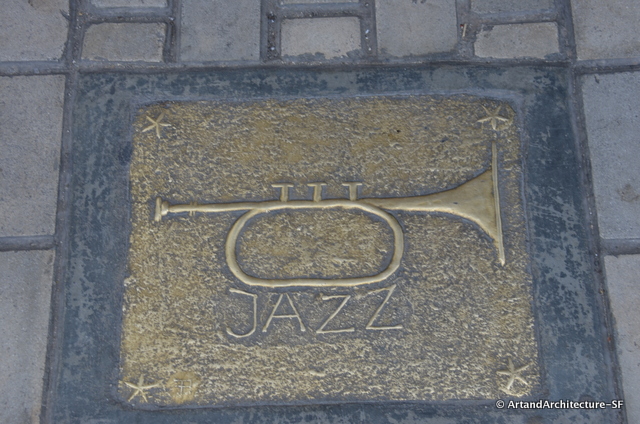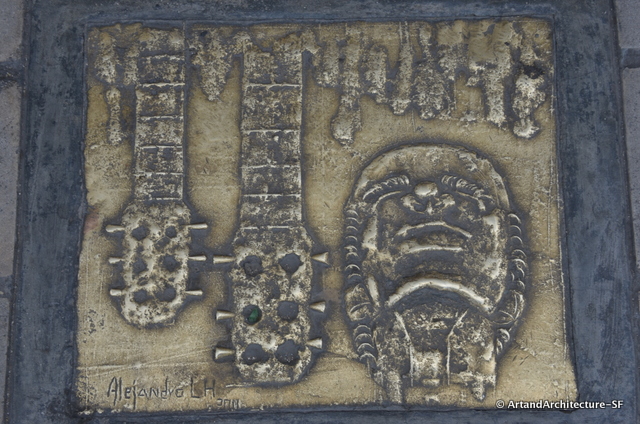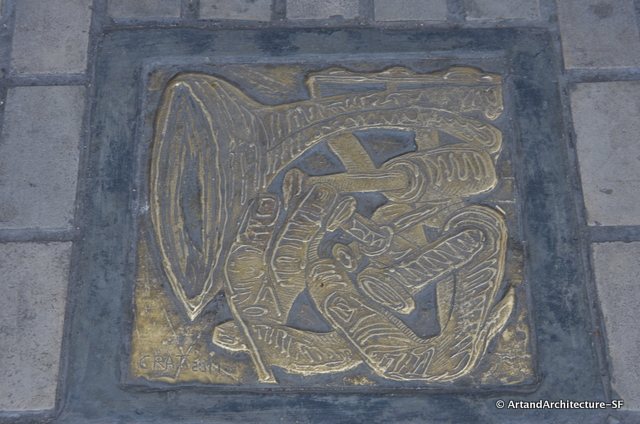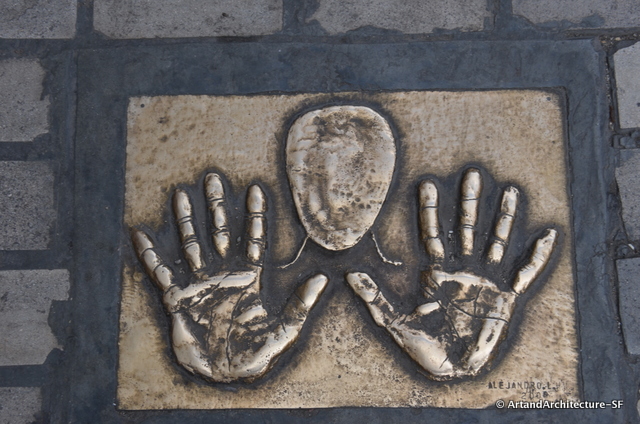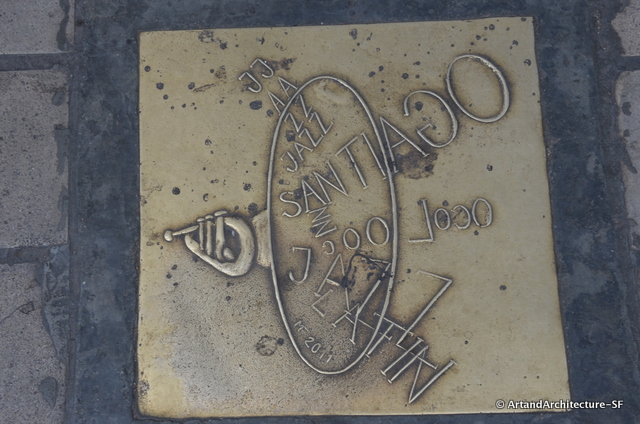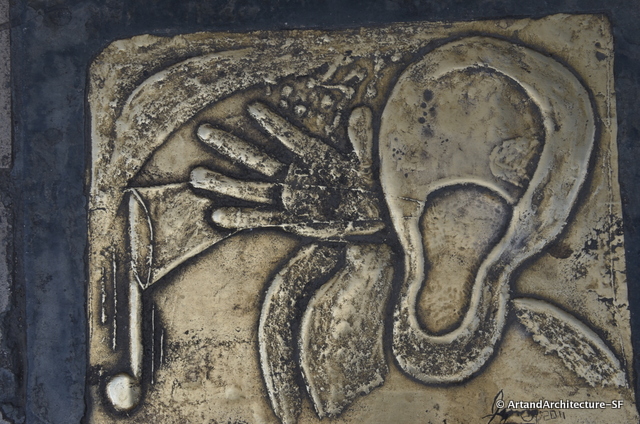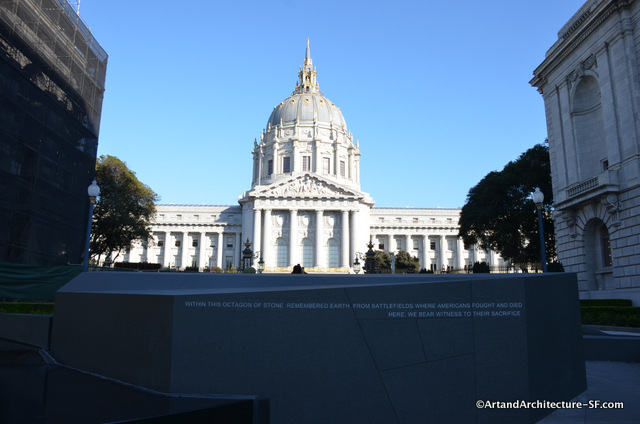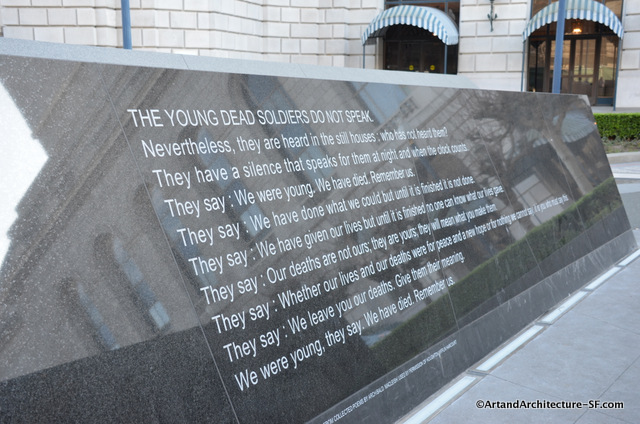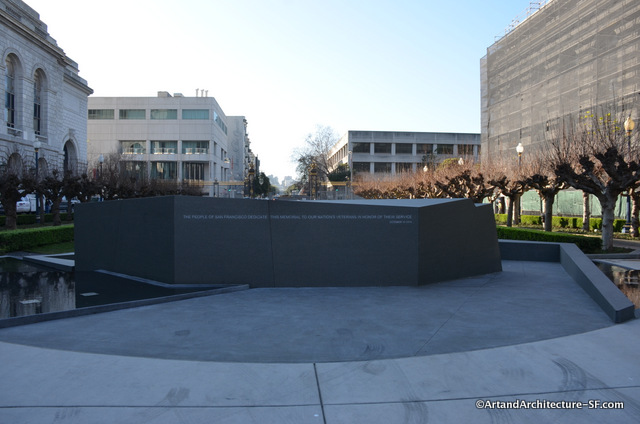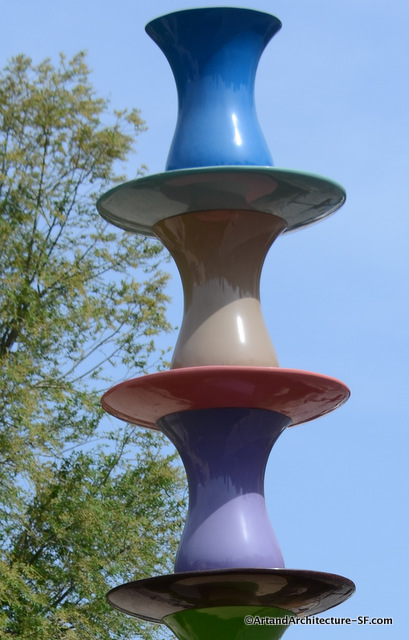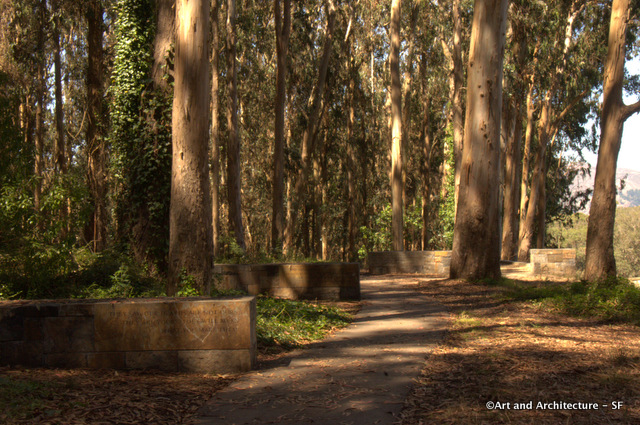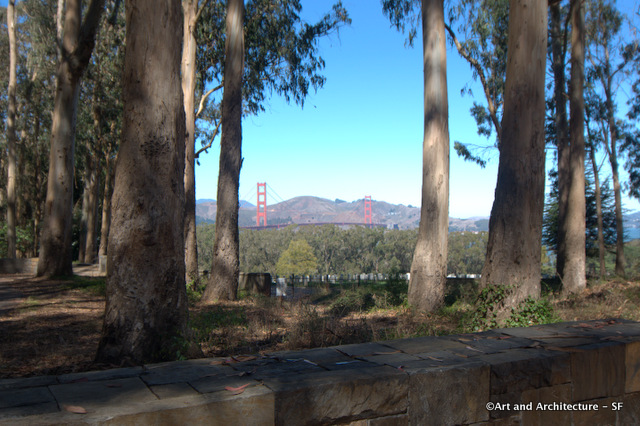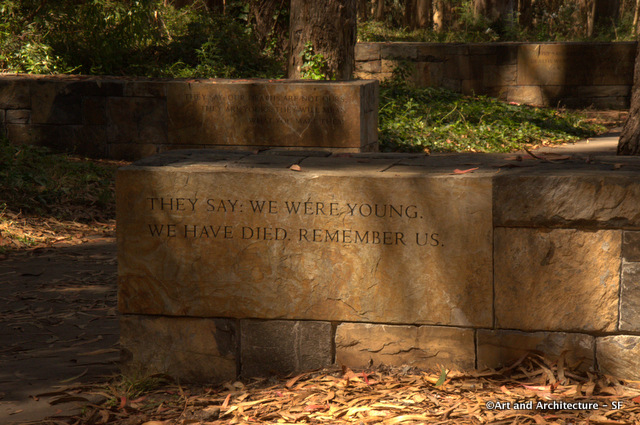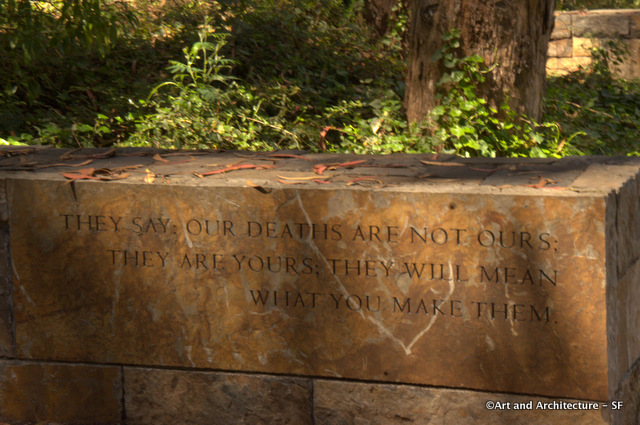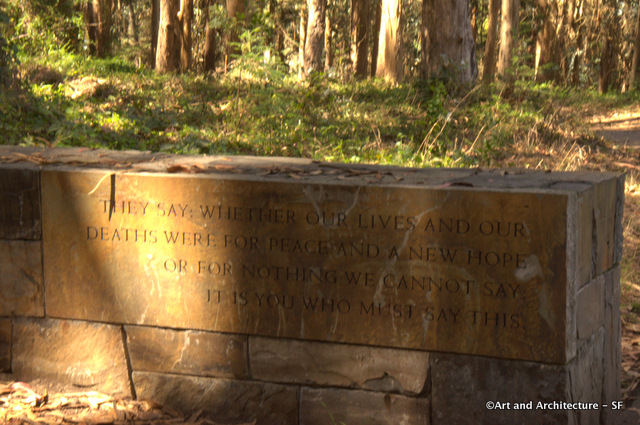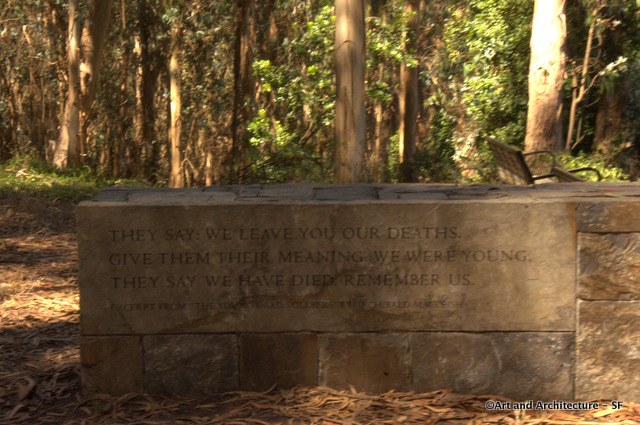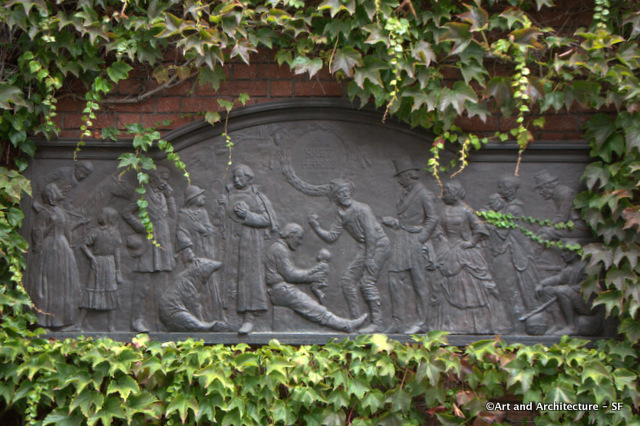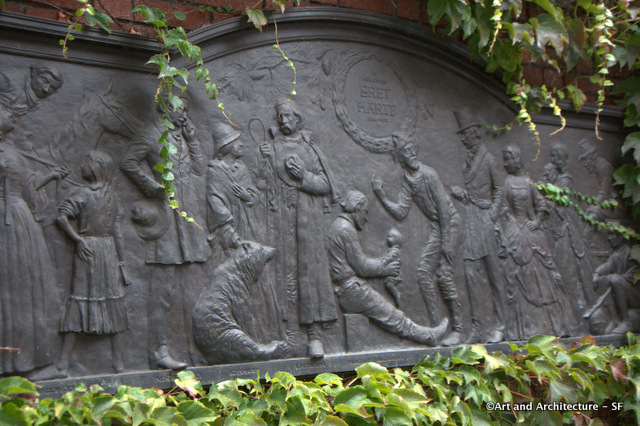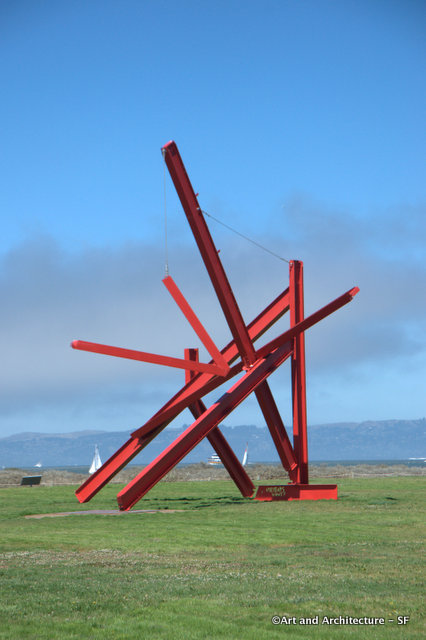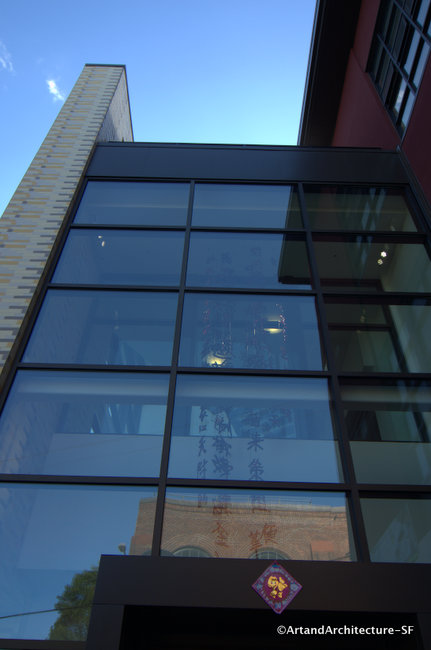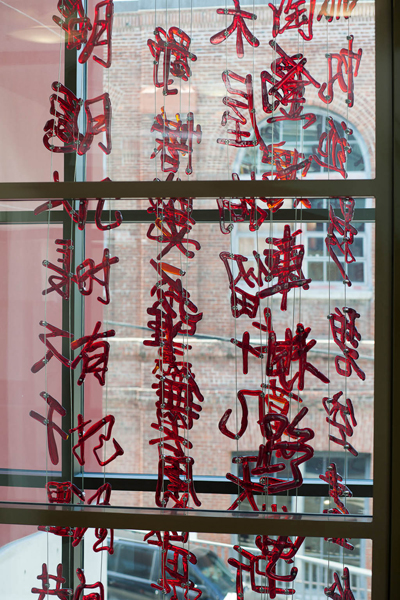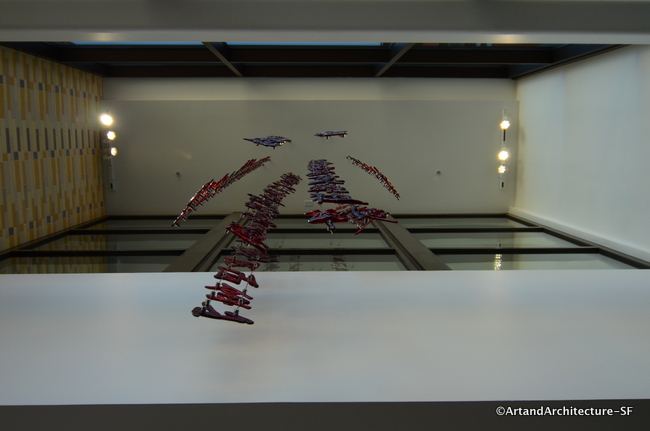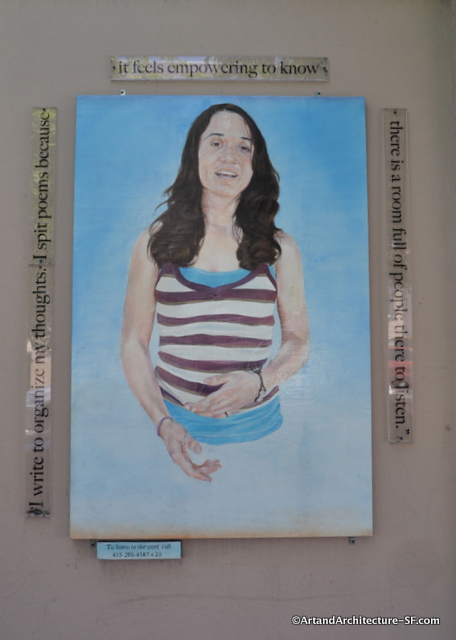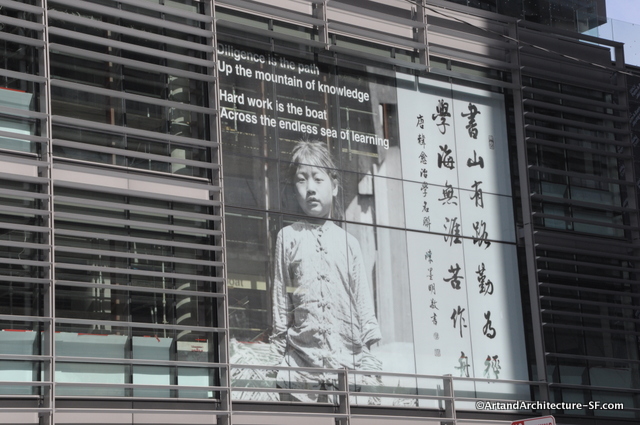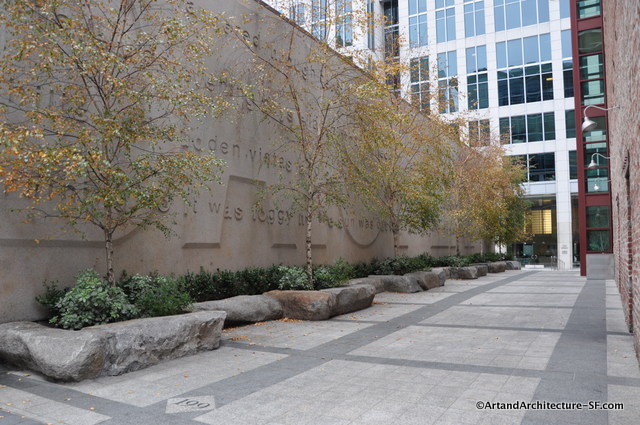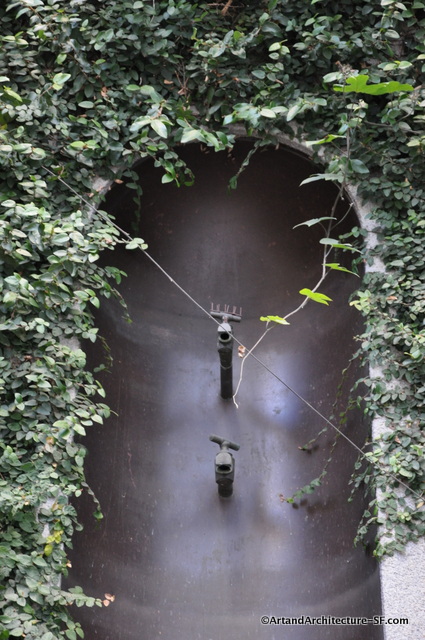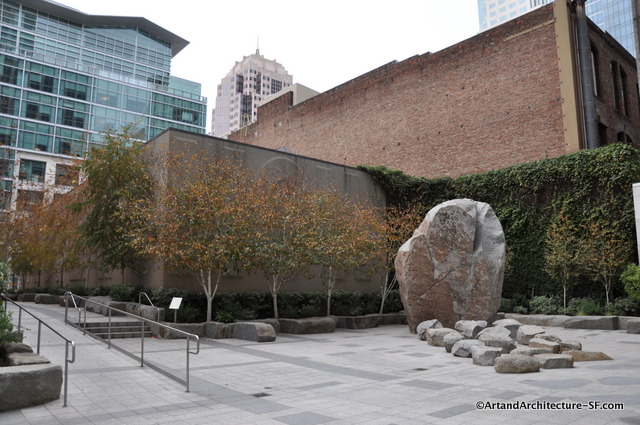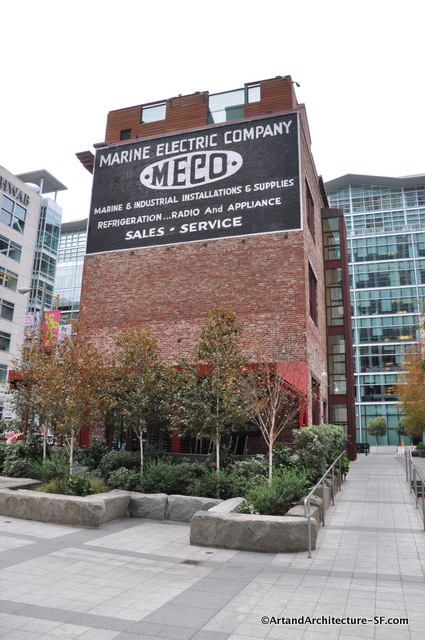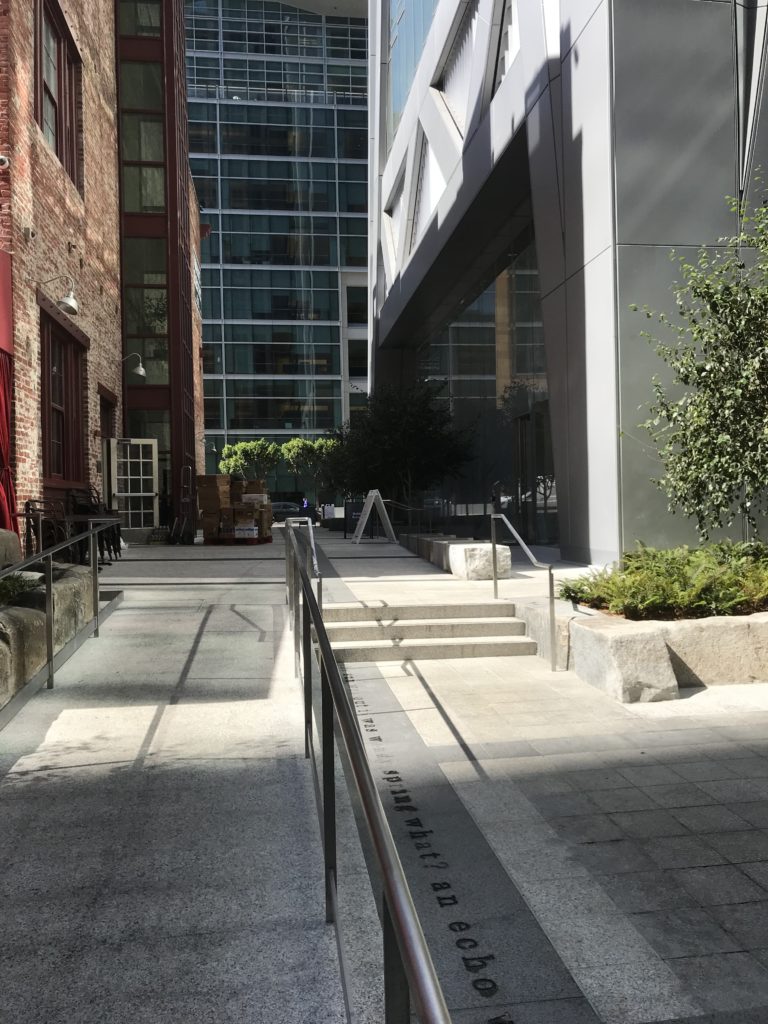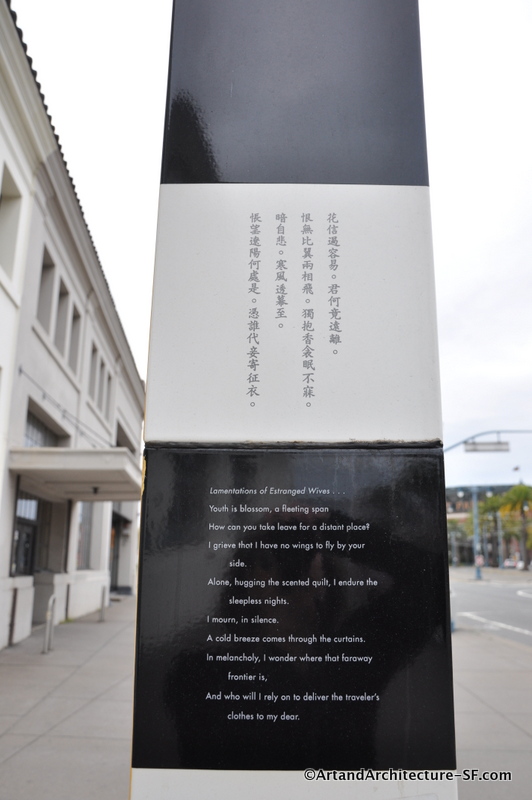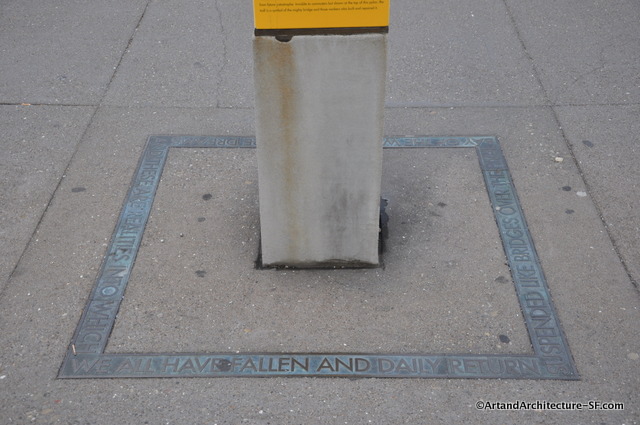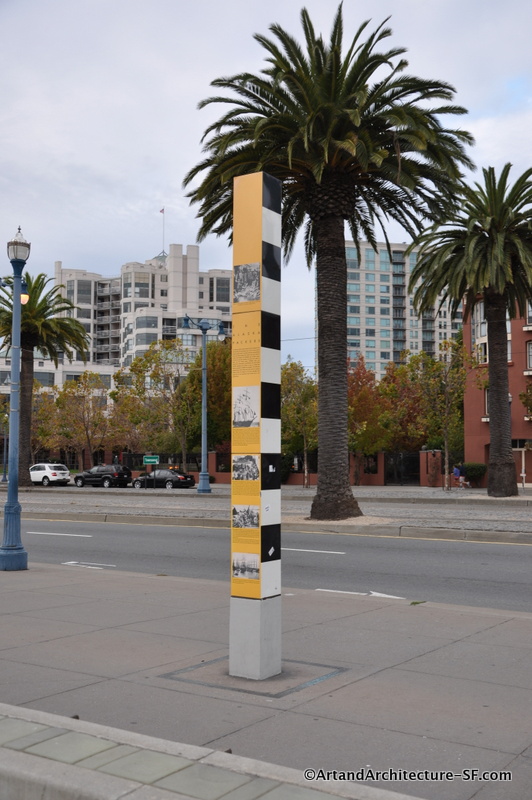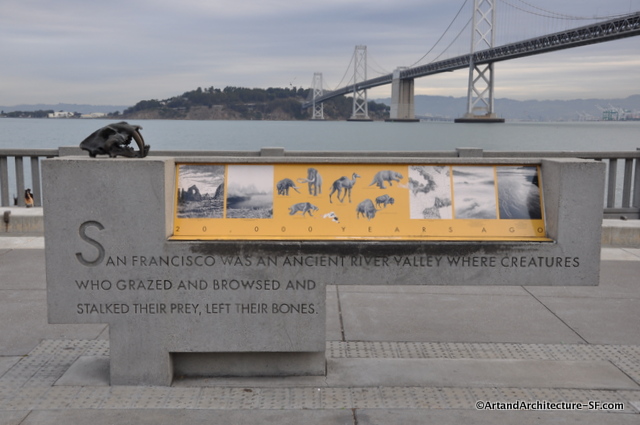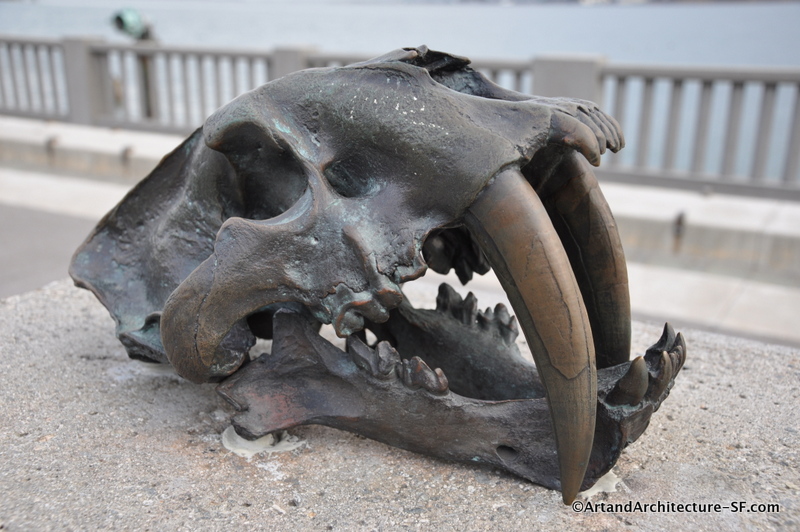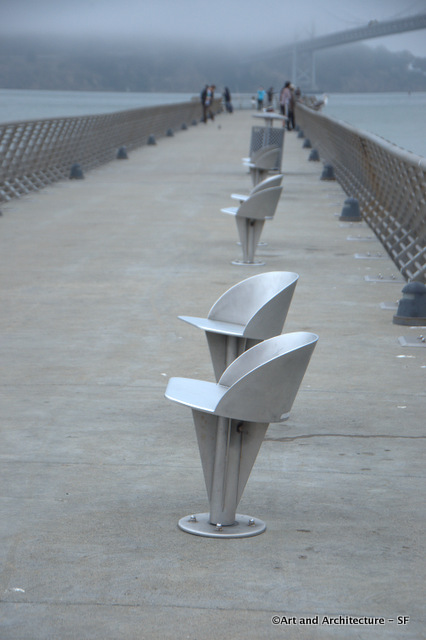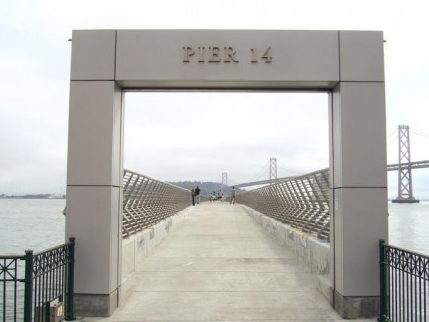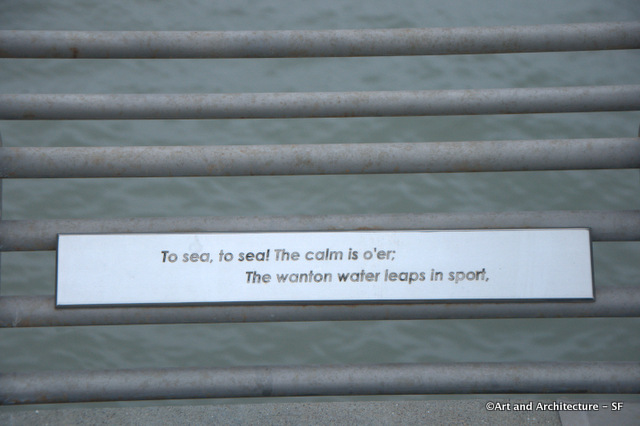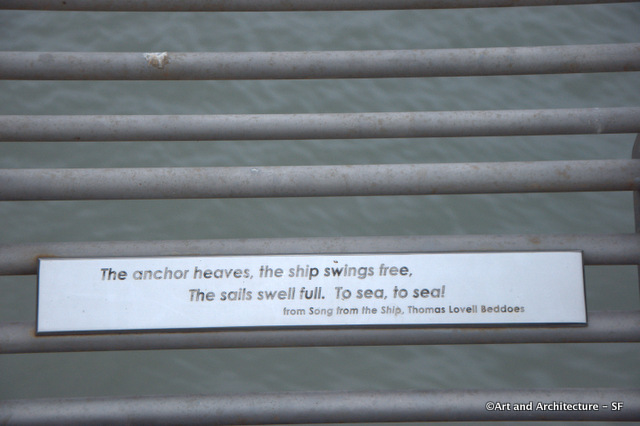Spiral of Gratitude is part of the $3.2 million Percent for Art Program that went into San Francisco’s new Public Safety Building.
Spiral of Gratitude, by New York artist Shimon Attie, is a suspended, 17 foot tall 10 foot round glass cylinder that is lit from a skylight above. The cylinder is inscribed with a poem that contains sentiments of survivors based on information gathered in interviews by Margo Perin with the relatives, partners, and co-workers of police officers who were lost in the line of duty.
There is also a text in bas relief behind the cylinder on the concrete wall.
Spiral of Gratitude
Let us turn together in this circle of remembrance as the light shines through our words.
And we lift our gaze toward the sky to honor the men and women who risk their lives in the line of duty.
See their courage gleaming through the glass, spilling through the words of our love.
Band with us to celebrate the beloved behind every star.
Draw on their courage, their strength, their honesty.
Let us raise our heads together into this spiral of memory
to honor the sacrifice that ripples through time, through the generations.
Never do we have the gift of goodbye.
The only choice is to carry on, make our peace.
An object in motion keeps moving forward.
The voices of the fallen echo every day,
their reflection mirrored in the warmth of a smile,
the glint of an eye, the tilt of a head.
The time spent together was too short
and the missing long.
They are the fallen
and we must not fall.
We can move back or forward, upwards or down, but we cannot remain still.
We must rise to protect, as they did.
In their honor we must persist,
turn our pain into compassion,
never forget the man, woman, child they were,
and lift our heads as we ascend toward the light.
While it is difficult to determine the exact cost of the project from public documents, it is clear that is exceeded its $700,000 budget.

